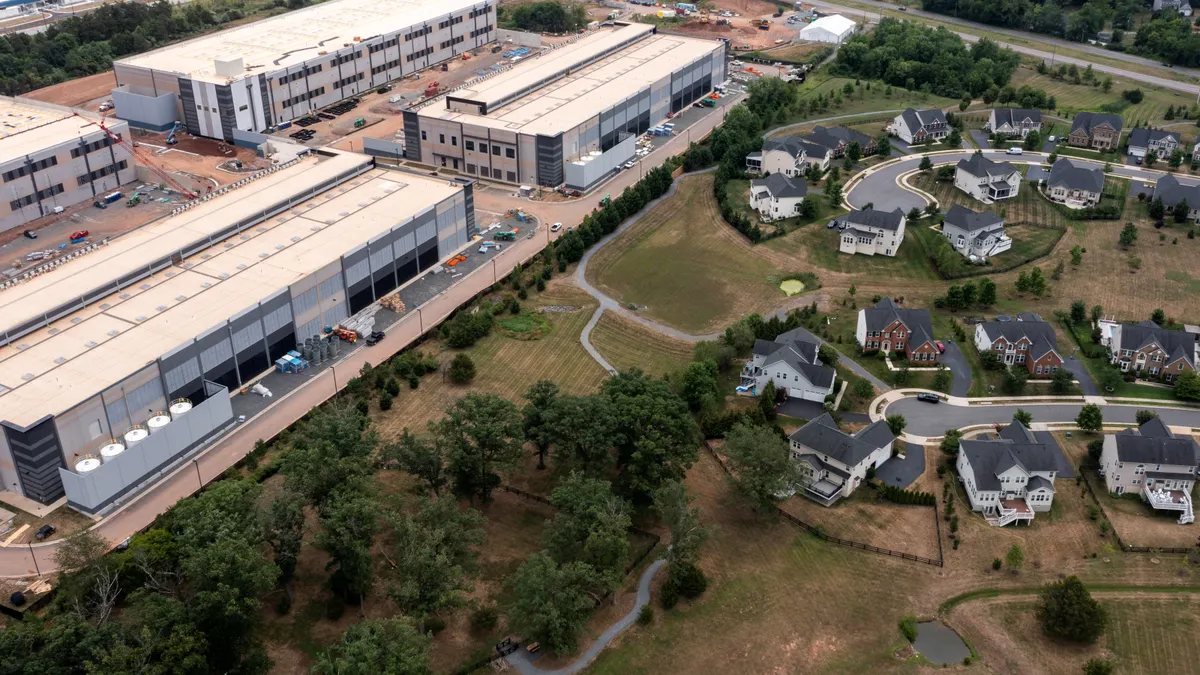The following is a contributed article by Brad Harkavy, president of LiveData Utilities.
The steep growth of distributed energy resources has sparked a correspondingly large growth of connected grid systems, devices, assets and Operational Technology (OT) data. Business stakeholders and Information Technology (IT) applications have a vital need for real-time access to this OT data.
Unfortunately, much of this data is not readily accessible to the enterprise IT systems because it is metered out through legacy SCADA systems that were never designed for secure real-time bidirectional publishing and control of data. In fact, SCADA systems are a major speed bump in integrating OT systems into the enterprise information superhighway.
SCADA — Supervisory Control and Data Acquisition technologies — have been around for over 40 years. The basic structure and function as applied in the electric utility industry is largely unchanged. During the same time, the industry has seen the introduction of numerous technological changes in new devices and architectures. For many power companies, this creates constraints in the ability to integrate new OT applications and to integrate OT applications into IT applications.
Early SCADA ran on back-office centralized mainframes and closed-ended systems, with dedicated point-to-point connectivity between field devices and the back office. As back office systems expanded from these dedicated mainframes to interconnected systems, back-office data interaction improved, resulting in greater optimization of the operation of fielded assets.
Improved situational awareness
The result for the industry has been enormous — quicker information flow resulting in improved situational awareness (within OT systems), with faster restoration times and reduced impact to customers and service personnel. The challenge for these integrations is that they relied on proprietary protocols and implementation was restricted to limited numbers of vendors and are not easy to integrate into IT systems.
Despite some improvements, the point-to-point connectivity of fielded assets has remained relatively unchanged. As a result, the interface from the field to the back office has become a complex integration of different protocols, data models, physical interfaces, and of course, different device latencies.
This all makes the back-office processing component more complex. This interface, for established infrastructures, is costly to maintain, upgrade and to incorporate additional field devices and systems.
Once new infrastructure is built, it becomes established, and inherits all the negative traits of the legacy system. The result is using the existing architectures to configure fielded assets, receive and process, which imposes higher costs on utilities.
These costs are often passed to ratepayers and are not properly addressed with the latest technologies, which ultimately, reduce costs and protect them from becoming "legacy" and inflexible.
The traditional SCADA configuration is best described as a hub-and-spoke architecture with field devices and communications converging at a centralized collection point within the utility infrastructure.
The figure reveals several important observations:
- Disparate types of field devices create a large variance in protocols and data models that exist between the device and the SCADA front end.
- There are numerous communication pathways to consider for a traditional SCADA system, each with their own characteristics in terms of throughput (bandwidth) and latency; and
- Processing at the front end is highly specific to the types of field devices that are interconnected to the SCADA front end.
Three developments outside of the traditional utility sphere are having a dramatic impact on operations within the utility and on SCADA:
- Renewable integration is accelerating at all levels with respect to residential, commercial and industrial applications;
- Field devices have greater amounts of relevant information, and are able to communicate the information at higher rates and at increased granularity; and
- Regulatory changes are driving importance to market participation of aggregated DER.
The above developments are driving greater numbers of integrations as well as cost, maintenance and time. While SCADA is excellent for the purposes of transmitting data between assets and systems, its typical hub-and-spoke architecture creates speed bumps for both integration of OT system and enterprise systems.
An integration platform to clear the speed bumps
To address these challenges, many utilities have deployed an Operational Technology Message Bus (OTMB) to bridge the OT requirements imposed by a rapidly changing electric utility distribution operations environment to a complex IT architecture.
The OTMB architecture is an example of how to meet the needs of the utility SCADA front end in the presence of high DER penetration without creating enterprise data latency. This bridge solves several traditional challenges and allows seamless interfacing between disparate field equipment and the back-office infrastructure while protecting life, equipment and the environment.
OTMB implementations address the previous listed requirements as shown in the following table:
|
Requirement |
OTMB |
|---|---|
|
|
|
|
|
|
|
|
|
|
|
|
As seen here, OTMB is used in place of a SCADA system and acts as the critical bridge, providing data throughout a utility network of Operational Technology systems, devices and Information Technology. The platform approach reduces integration time, cost and maintenance while providing for future integrations.
In addition to robust integration and ETL functions (pre-processing of real-time analytics data), perhaps the greatest advantage OTMB may offer over SCADA is the sheer visibility a utility can have across its enterprise. The OTMB's high-performant, secure bridge between all the OT and IT assets enables every device on the system to be a data generator.
In the environment where field devices continue to expand along with their data model requirements, traditional SCADA systems become inherently more complex, costly and place legacy constraints on data processing.
An OT-Centric middleware integration platform like OTMB addresses the challenges not meant for traditional SCADA systems. It clears enterprise data speed bumps by enabling scalability while accommodating legacy systems and creates a platform for grid intelligence and optimization.
An OTMB software pattern clears the way for a secure information superhighway extending across the enterprise and into utility OT systems.





















